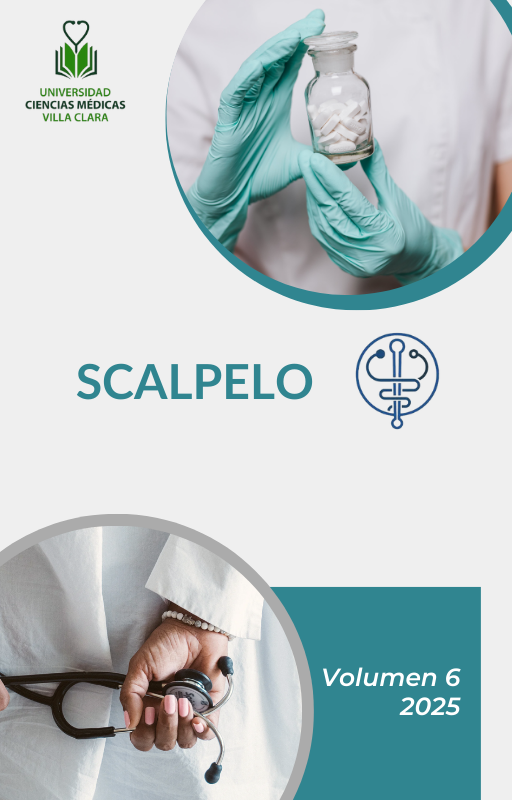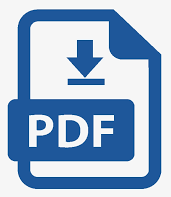Comportamiento de las variables asociadas a la mortalidad de pacientes por Infarto Agudo de Miocardio
Resumen
Introducción: El infarto agudo del miocardio, como una de las formas más graves de cardiopatía isquémica, constituye un problema de salud de relevancia mundial.
Objetivo: Caracterizar las variables asociadas a la mortalidad en los pacientes con Infarto agudo de miocardio en el Hospital “Manuel Fajardo Rivero”.
Diseño metodológico: Se realizó una investigación descriptiva de corte transversal en el Hospital “Manuel Fajardo Rivero”, de la provincia Villa Clara en el período de septiembre 2018 a noviembre 2021. La población de estudio quedó integrada por 57 pacientes con diagnóstico de Infarto agudo del miocardio fallecidos en el centro rector.
Resultados: Predominaron los pacientes de 75 años y más (61,4 %), sexo masculino (66,7 %), clase IV de la clasificación de Killip Kimball (49,6 %), y dentro de las complicaciones predominó el shock cardiogénico (63,2 %).
Conclusiones: el aumento de la población de adultos mayores está relacionado con una mayor mortalidad por infarto de miocardio agudo (IMA), siendo más prevalente en hombres mayores de 70 años. Los factores de riesgo más significativos incluyen hipertensión arterial, diabetes mellitus y tabaquismo, alineándose con investigaciones previas. La clasificación de Killip-Kimball se correlaciona con la mortalidad, destacando que los grados III y IV presentan tasas de letalidad más altas. Además, el shock cardiogénico se identifica como la principal causa de muerte intrahospitalaria, subrayando la necesidad de estrategias de prevención y un enfoque clínico proactivo en el manejo del IMA.
Descargas
Publicado
Cómo citar
Número
Sección
Licencia
Derechos de autor 2025 Scalpelo

Esta obra está bajo una licencia internacional Creative Commons Atribución-NoComercial-SinDerivadas 4.0.
Aquellos autores/as que tengan publicaciones con esta revista, aceptan los términos siguientes: Los autores/as conservarán sus derechos de autor y garantizarán a la revista el derecho de primera publicación de su obra, el cual estará simultáneamente sujeto a la Licencia de reconocimiento de Creative Commons (CC-BY-NC 4.0) que permite a terceros compartir la obra siempre que se indique su autor y su primera publicación esta revista.
Los autores/as podrán adoptar otros acuerdos de licencia no exclusiva de distribución de la versión de la obra publicada (p. ej.: depositarla en un archivo telemático institucional o publicarla en un volumen monográfico) siempre que se indique la publicación inicial en esta revista. Se permite y recomienda a los autores/as difundir su obra a través de Internet (p. ej.: en archivos telemáticos institucionales o en su página web) antes y durante el proceso de envío, lo cual puede producir intercambios interesantes y aumentar las citas de la obra publicada. (Véase El efecto del acceso abierto).







